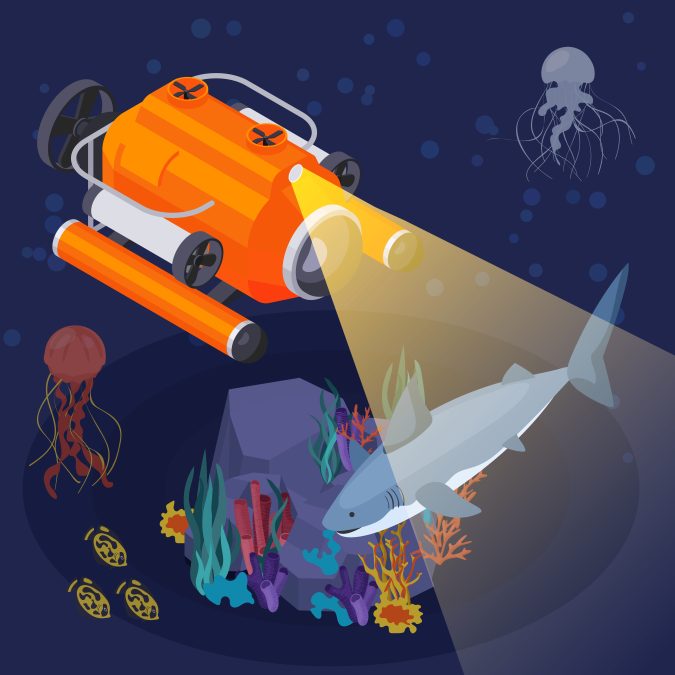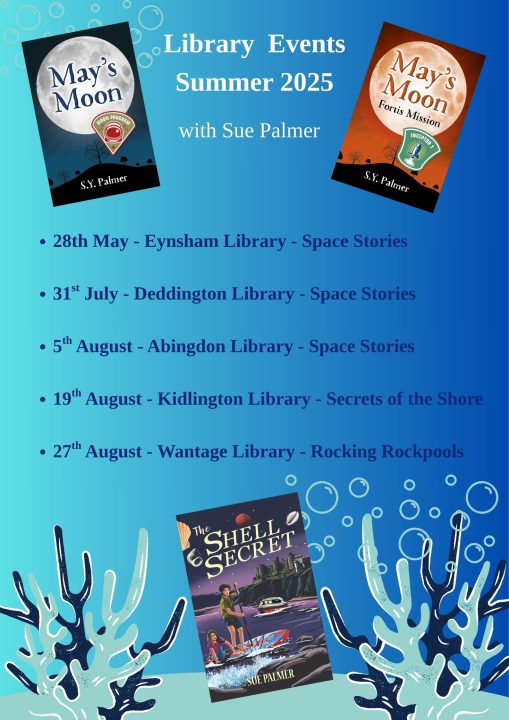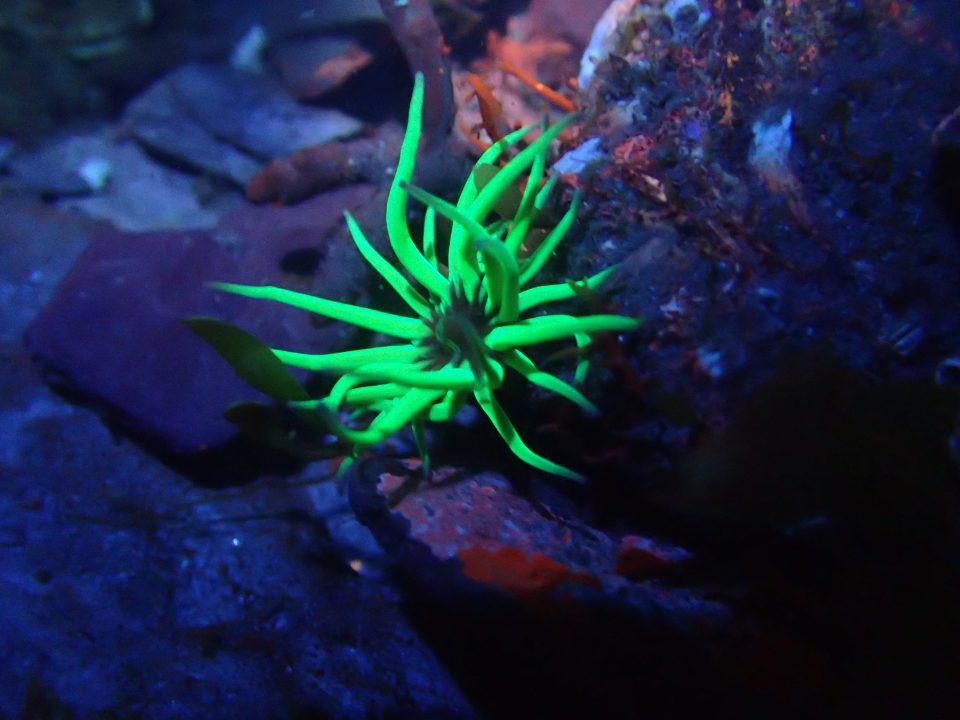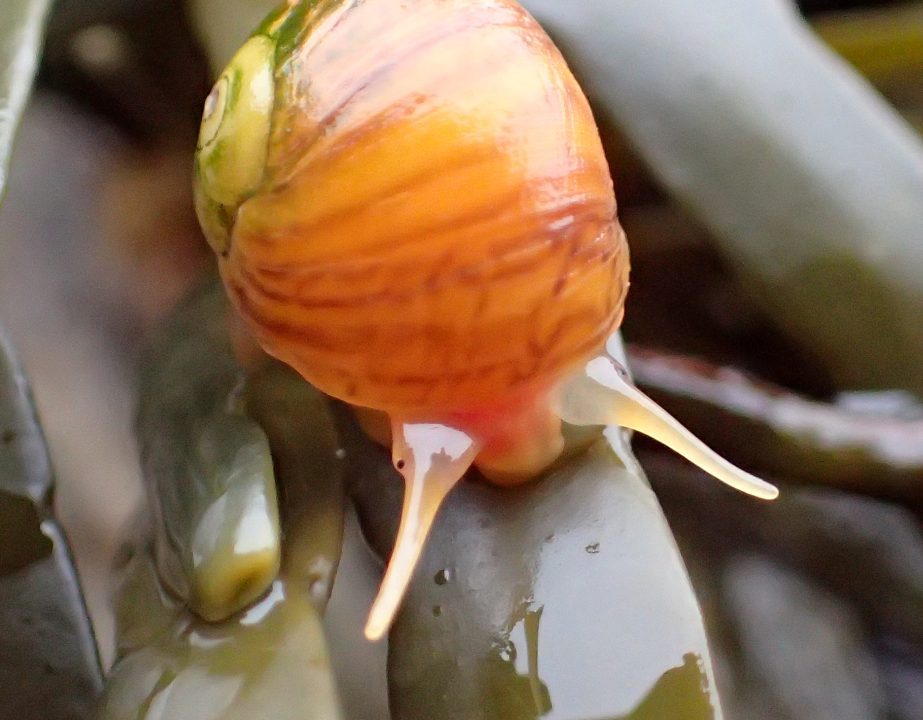There is something about being human that makes us curious. We want to know where, when, what and why things are as they are. Nowhere is this more apparent, than in our desire to explore, discover and understand the two vast entities of space and the ocean.
Ever since humans have roamed the earth, we have tried to comprehend how we fit into the whole (or cosmos). We have gazed upwards to the sky and further into space and also down into the oceans for answers to questions, such as, ‘What’s out there?’ and ‘How did our planet come into being and what role do we play in it all?’
Why explore Space and our Oceans?
- Curiosity – our innate desire to learn.
- Science – learning more about our planet and finding answers to Earth’s challenges (i.e. Climate change, weather patterns, natural hazards, ecosystems).
- Resources – do these areas have solutions to resource problems on Earth?
- Competitive/Strategic advantage – spying, resource control, territory ownership.
Observations of space
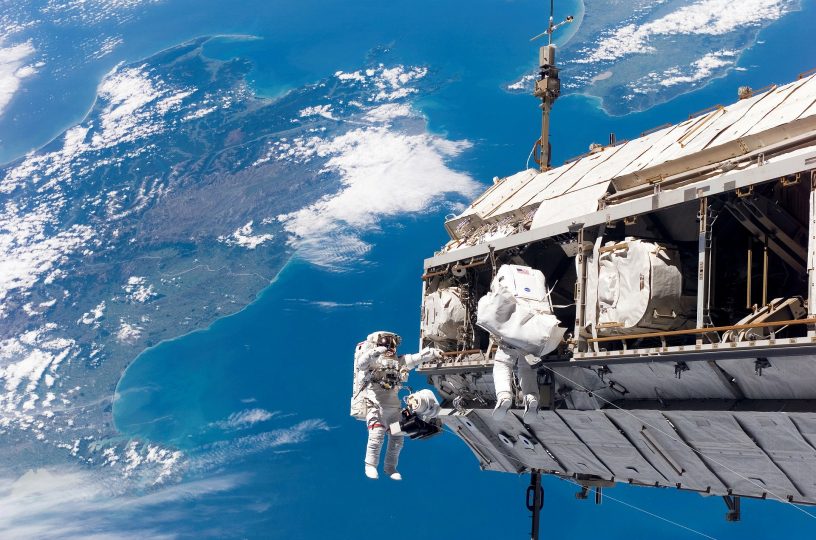
The first recorded observations of space (which begins 60 miles above us), were probably made by the Assyro-Babylonians around 1000BC. They documented celestial bodies but it wasn’t until the 17th, 18th and 19th centuries that humans had clear telescopic views of space. Here are some key moments:
1610: Galileo Galilei’s telescopic observations of the night sky, which included the discovery of the moons of Jupiter, lunar craters and the phases of Venus.
1781: Willian Herschel’s telescope discovery of Uranus, the first planet seen from Earth.
1845: John William Draper captured the first photograph of the moon.
Travel into space
1957: The Soviet Union launched the first satellite into space, called Sputnik (which means satellite).
1957: Laika, the dog, becomes the first living creature in orbit in Sputnik 2.
1961: Yuri Gagarin was the first human being to travel into space. He orbited the earth on Vostok 1.
1962: Mariner 2 was the first spacecraft to fly by and return data from another planet – Venus.
1969: The Apollo 11 mission took Neil Armstrong and Buzz Aldrin to the surface of the moon.
1981: Launch of the space shuttle, the first reusable crewed orbital spacecraft.
1984: Bruce McCandless completes the first untethered spacewalk.
1997: The USA land the first operational rover on Mars.
1998: The beginning of building the first multinational space station (The ISS).
2000: The start of an uninterrupted human presence in space.
2011: Sees the first orbit of Mercury.
2015: The first food grown in space, is eaten in space (lettuce).
2015: Tim Peake becomes the first British astronaut to go to the ISS.
2019: First images of a black hole.
2024: Samples are returned from the far side of the moon.
2024: Successful launch and return of new, reusable crewed spacecraft.
Challenges of space travel
These are just a few of the developments in space exploration over the modern era. What is astounding is that humans have still only mapped about 5% of the observable universe. Why is this?
- It takes huge amounts of resource to get a spacecraft into space.
- No one can yet define how immense space is. Humans can only begin to map the part of space they can see.
- Space is such a harsh environment for humans. Even with spacecraft and semi-permanent space stations, spending time in space has negative effects on the human body.
- A microgravity environment is bad for muscles, bone density, heart function, immune system and vision.
- Exposure to cosmic radiation can damage human cells and DNA (potentially causing cancers and other health issues).
Exploration of our oceans
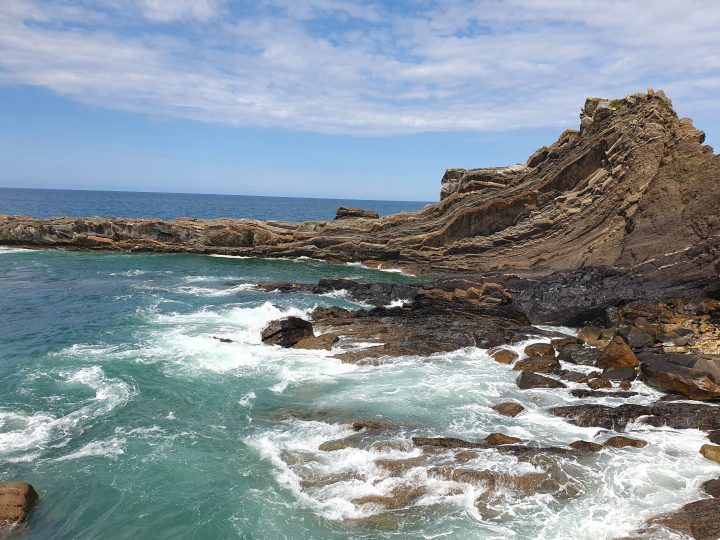
It’s clear that space exploration provides humans with huge challenges but what about our oceans? Over 70% of our planet is covered by water, so surely, we know far more about our oceans than we do about space?
The first explorers of our oceans were concerned with mapping coastlines, finding food and trading with others. It wasn’t until the 1950s that technology allowed humans to dive deeper, begin to map our ocean floor and understand the importance of our oceans to life on Earth.
Eras of ocean exploration
- 5000BC – Greek, Chinese and other cultures use the seas for food and take part in ocean trade.
- 4000BC – The ancient Egyptians develop the first sailing vessels.
- 1000BC – recordings show that deep diving begins, with divers in Greece, descending to depths of 30 metres to harvest sponges.
- 600BC – The Phoenicians develop sea routes, reaching as far as Africa and England.
- 300BC – Aristotle talks about using a type of diving bell, later used by Alexander the Great.
- 150BC – Greek astronomer, Eratosthenes, becomes the first person to determine the circumference of the Earth (He was only 19 miles out).
- 127BC – Hipparchus develops a map of the known world.
- 1492-1504 – Christopher Columbus explores the Americas
- 1497-1499 – Vasco de Gama sails around Africa to India.
- 1768-1780 – James Cook explores the Southern Hemisphere.
- 1831-1836 – Charles Darwin sails on the Beagle.
- 1872-1876 – The HMS Challenger Expedition is the first scientific oceanographic expedition.
- 1954 – The first manned, untethered research submersible dives to 13,287 feet.
- 1964 – Discovery of the Titanic.
- 1970s – Submersibles, like Alvin, have allowed for detailed data collection from our oceans.
- 1977 – Robert Ballard discovered hydrothermal vents. This changed our understanding of deep-sea ecosystems.
- 1990s – The beginning of satellite mapping of sea surface heights, currents, circulation and sea floor.
- 2010 – The Census of Marine Life is a project that provided a comprehensive overview of marine biodiversity.
- 2012 – James Cameron makes a solo dive to the bottom of the Mariana Trench (10, 908 metres).
- 2020s – Ocean exploration will focus on deep-sea habitats in the North and South Pacific oceans.
Challenges of ocean exploration
Even though 70% of our planet is covered by oceans, our knowledge about them is still very limited. Scientists believe that we have mapped only 26% of our ocean floors and explored just 5% of them. Despite progress in submersible vehicles and sonar/satellite technology, why is this the case?
- Visibility is zero in deep seas, which makes exploration difficult.
- Temperatures are extremely cold.
- The deeper we explore, the more difficult it is to maintain communication. The deepest known ocean floor is 6.8 miles below the surface of the water.
- The pressure on humans and vehicles becomes crushing as soon as we dive deeper (for humans, this begins at a depth of 10 metres). At the deepest part of the ocean, this would mean that the pressure on humans would be 1,100 times greater than at the surface. Unlike most deep-sea creatures, that don’t have air pockets in their bodies, humans do and our lungs and heads would collapse if we went deep enough.
- For submersibles we need materials like titanium and vehicles that are spherical in shape, which are extremely costly.
- Salt water is corrosive, so submersibles are easily damaged by prolonged contact.
The Future
As explorers and creatures that demand answers to questions, it is inevitable that, with the help of science, money and time, we will learn more about these largely mysterious entities. But perhaps the most positive things that can come from our increased understanding, is an appreciation of our need to protect our environment, a desire to share resources for the common good and a respect for the world we inhabit.
My space stories: May’s Moon – a children’s adventure about 13-year-old Michael May and his dream of becoming the first child astronaut.
My ocean adventure – The Shell Secret – 11-year-old Alice is reluctantly pulled into an adventure by the boy next door, whilst trying to unravel her own family’s secrets and deal with the death of her younger sister.

